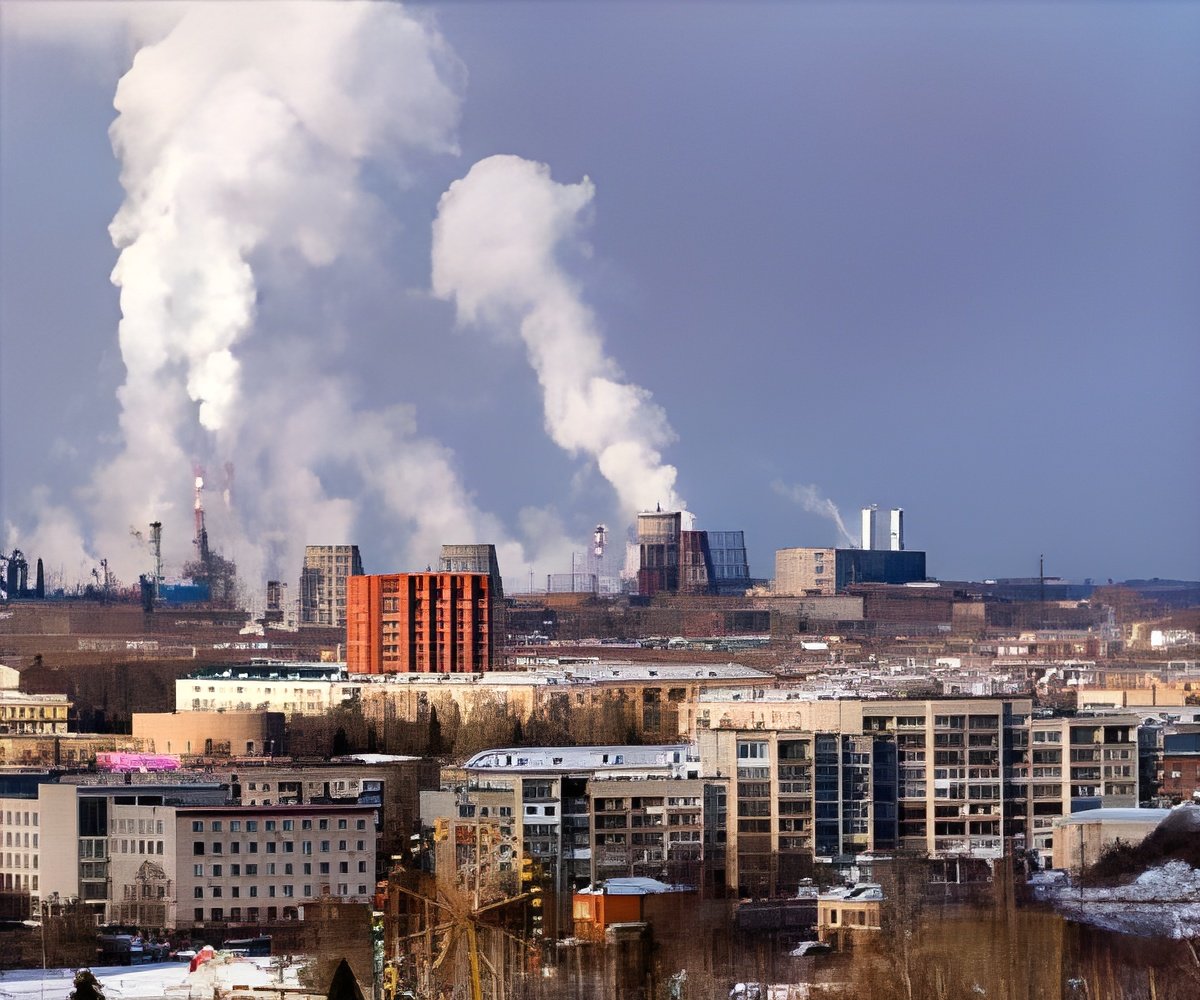
‘Exposure to air pollution is linked to mortality and life expectancy loss in the US. There is a larger impact in poorer countries.’
Read More..Tweet it Now
Exposure to fine particulate matter pollution (PM2.5) is hazardous to health, and reducing PM2.5 is likely to lower mortality, especially from cardiorespiratory diseases. Yet there is not only resistance to more stringent control of PM2.5, but also attempts to roll back current standards. In the new study, Ezzati and colleagues set out to directly estimate the health and longevity impacts of current PM2.5 concentrations, and the benefits of reductions from 1999 to 2015, nationally and at county level, for the entire contemporary population of the contiguous United States. To do so, they used vital registration and population data with information on sex, age, cause of death and county of residence, as well as statistical models to directly estimate mortality and life expectancy loss.Read More..
Even though reductions in PM2.5 since 1999 have lowered mortality in the great majority of counties, PM2.5 pollution in excess of the lowest observed concentration (2.8 £gg/m3) was responsible for an estimated 15,612 deaths (95% credible interval 13,248-17,945) in females and for 14,757 deaths (95% credible interval 12,617-16,919) in males. These deaths would lower national life expectancy by an estimated 0.15 years (95% credible interval 0.13-0.17) for women and 0.13 years (95% credible interval 0.11-0.15) for men. The life expectancy loss due to PM2.5 was largest around Los Angeles and in some southern states, such as Arkansas, Oklahoma and Alabama. At any PM2.5 concentration, life expectancy loss was, on average, larger in counties with lower income than in wealthier counties. According to the authors, further lowering PM2.5 pollution is likely to benefit the health of the entire US population, and lower health inequalities.
Source-Eurekalert













